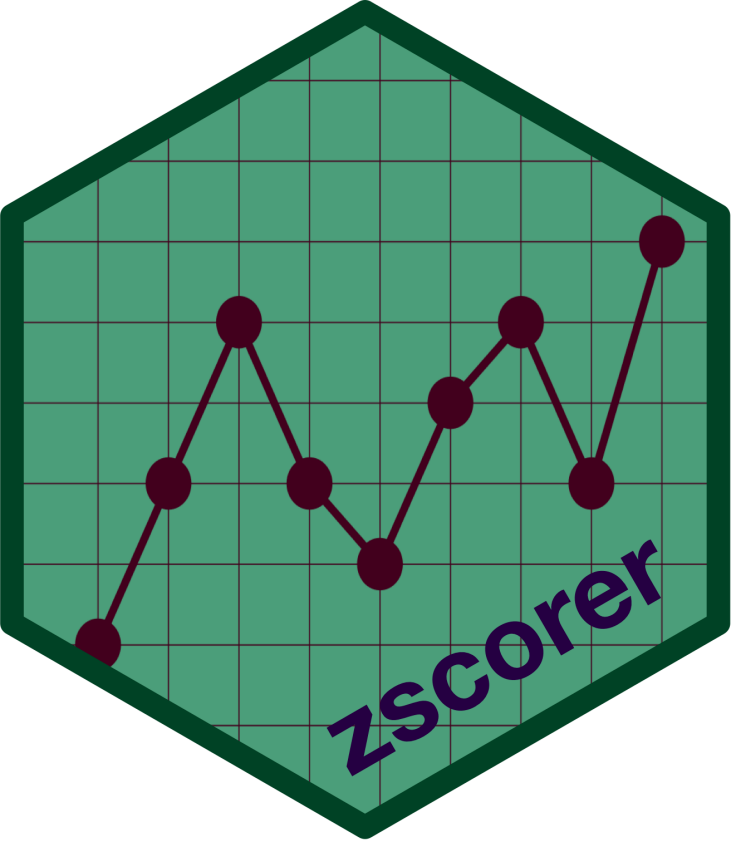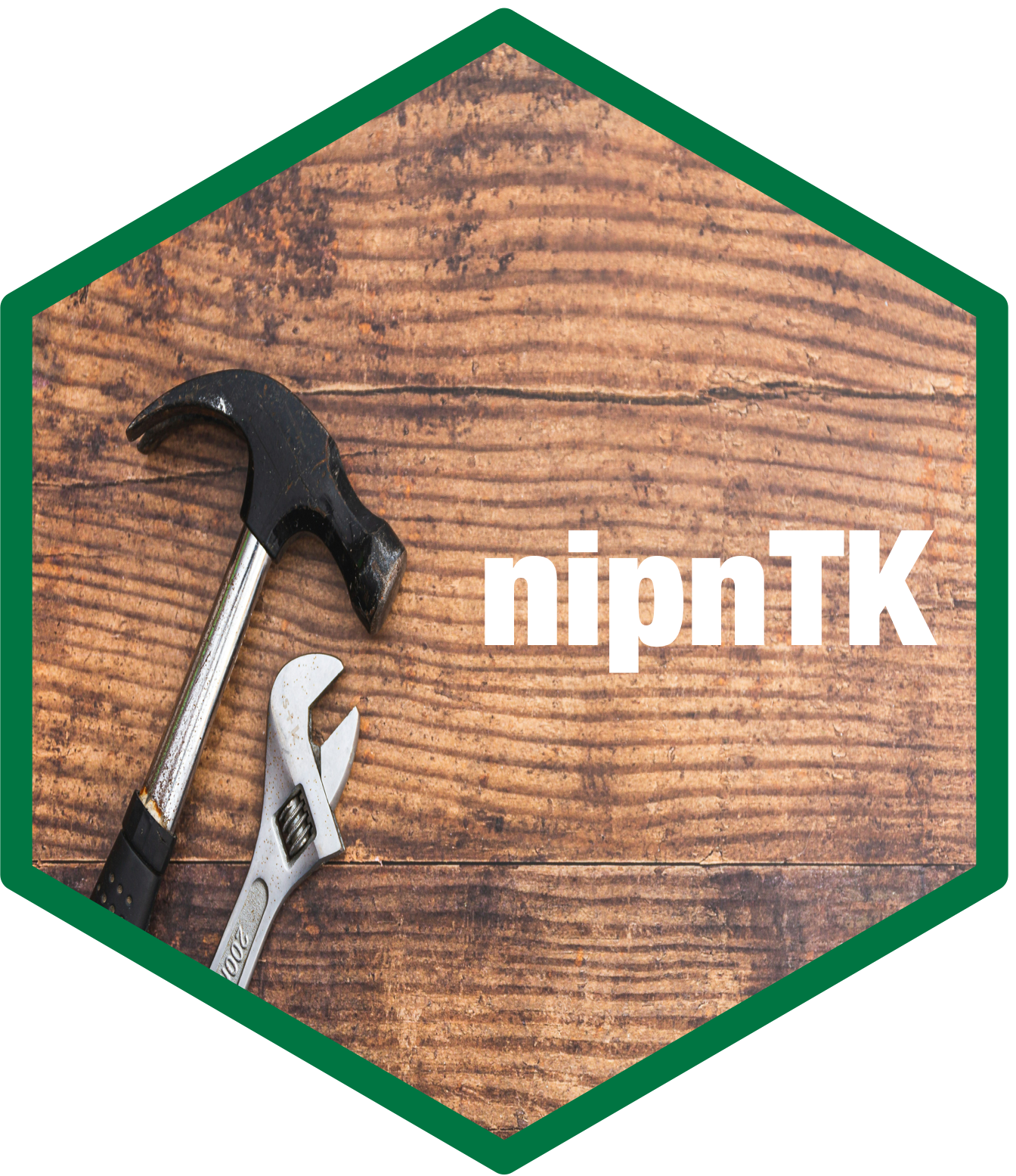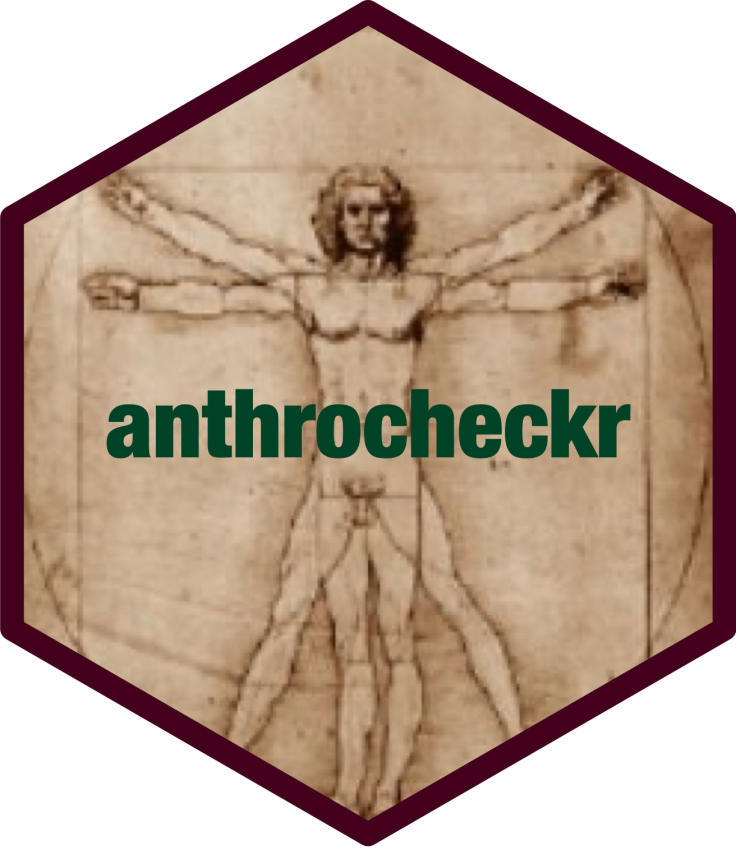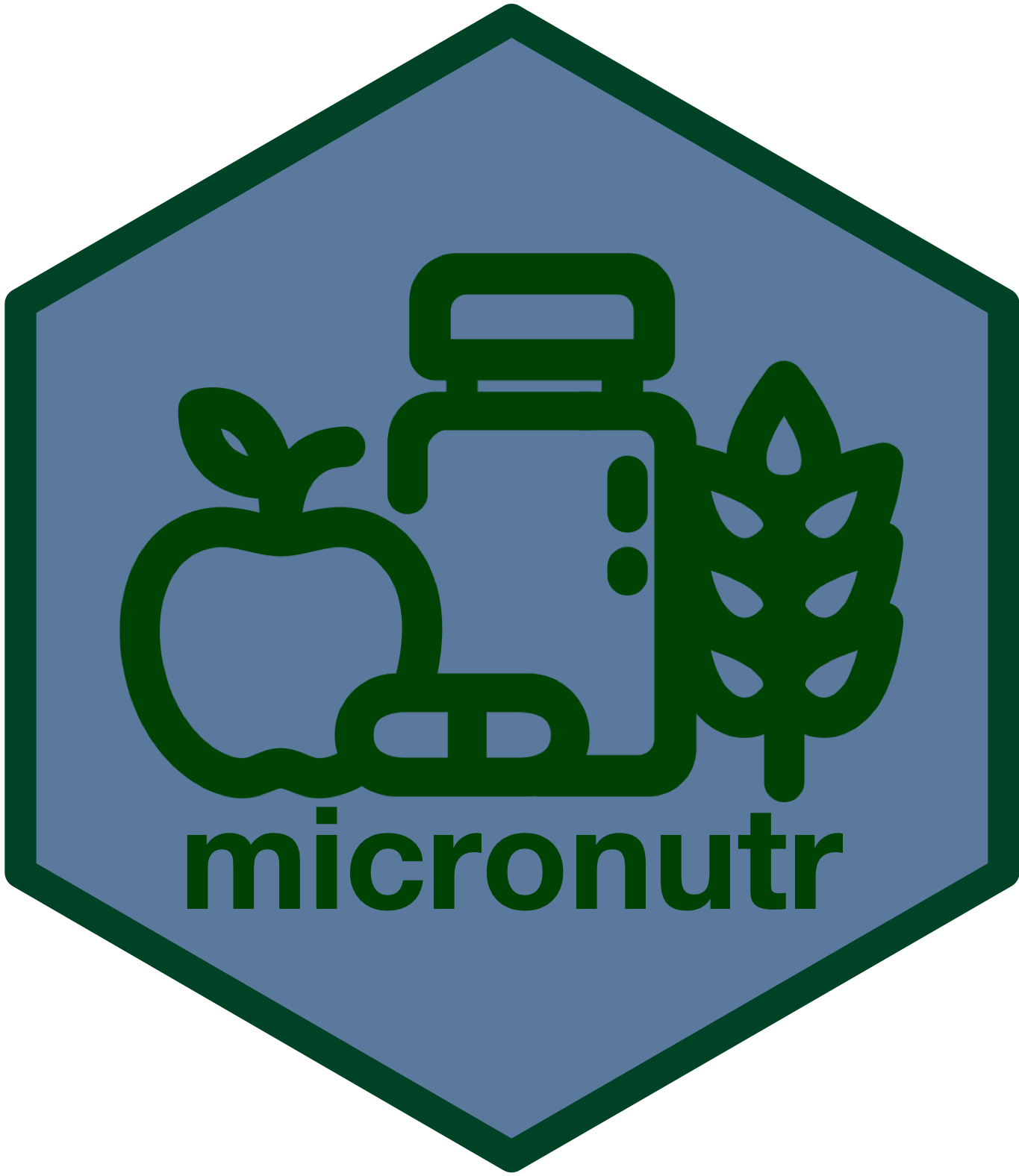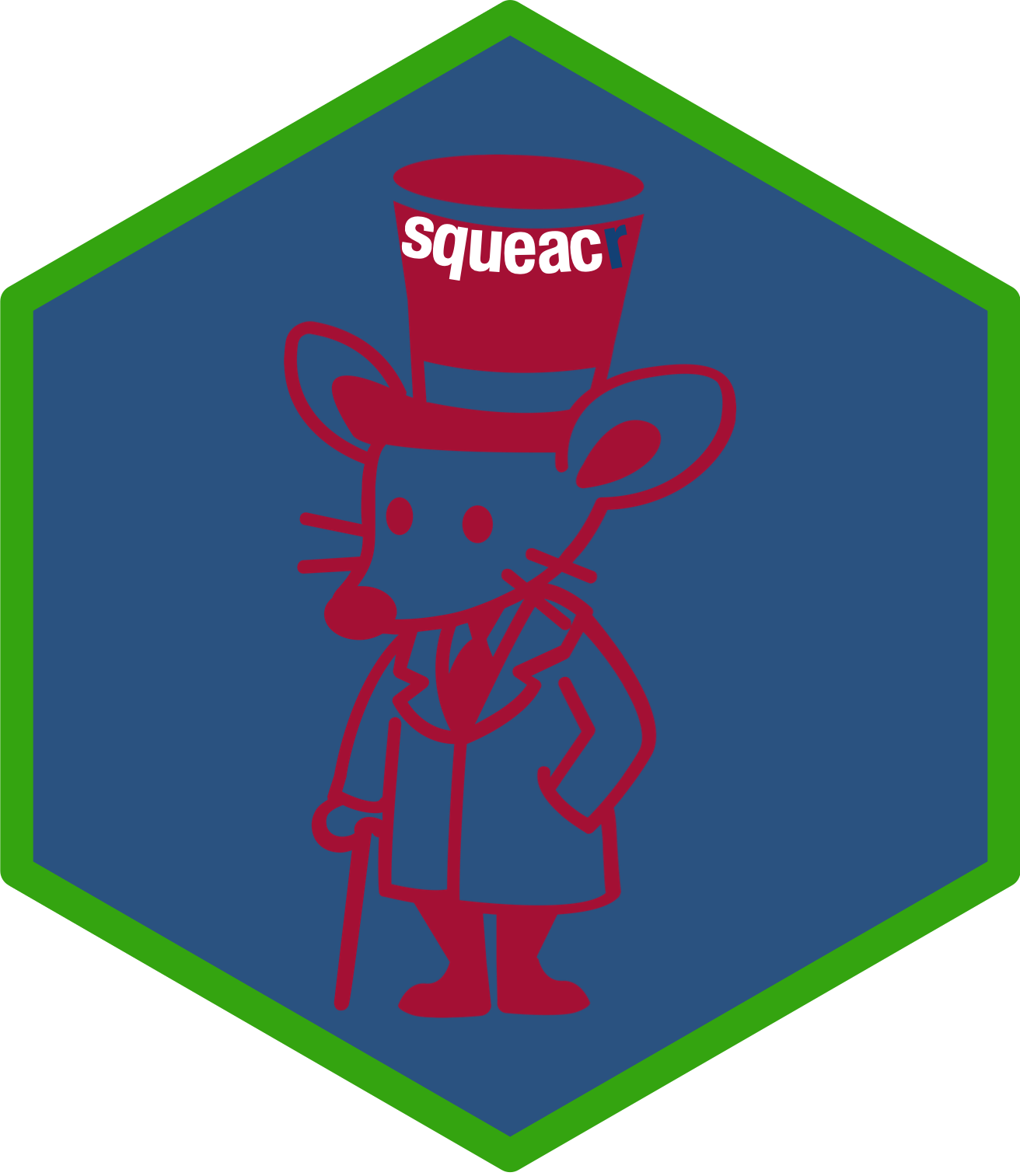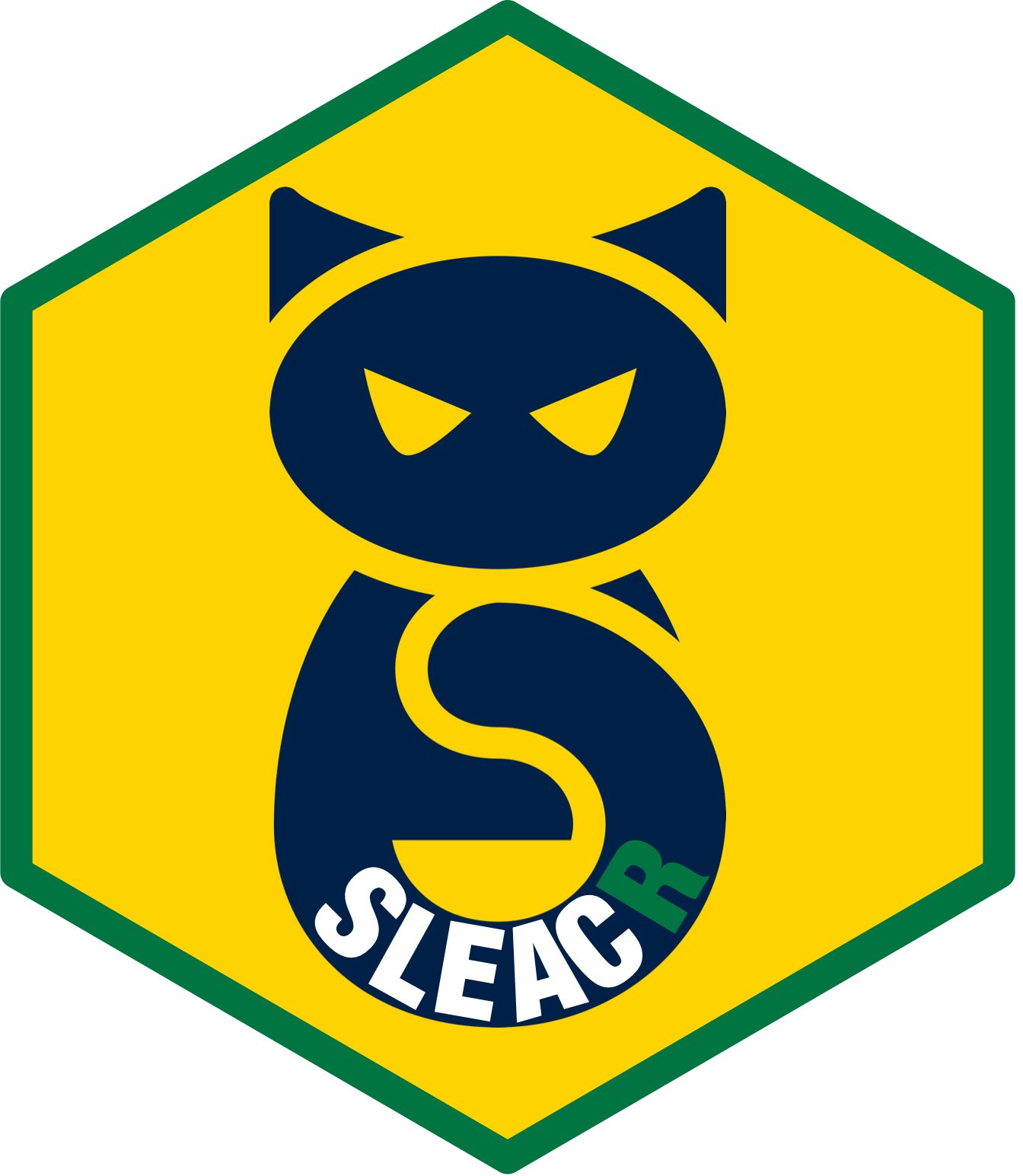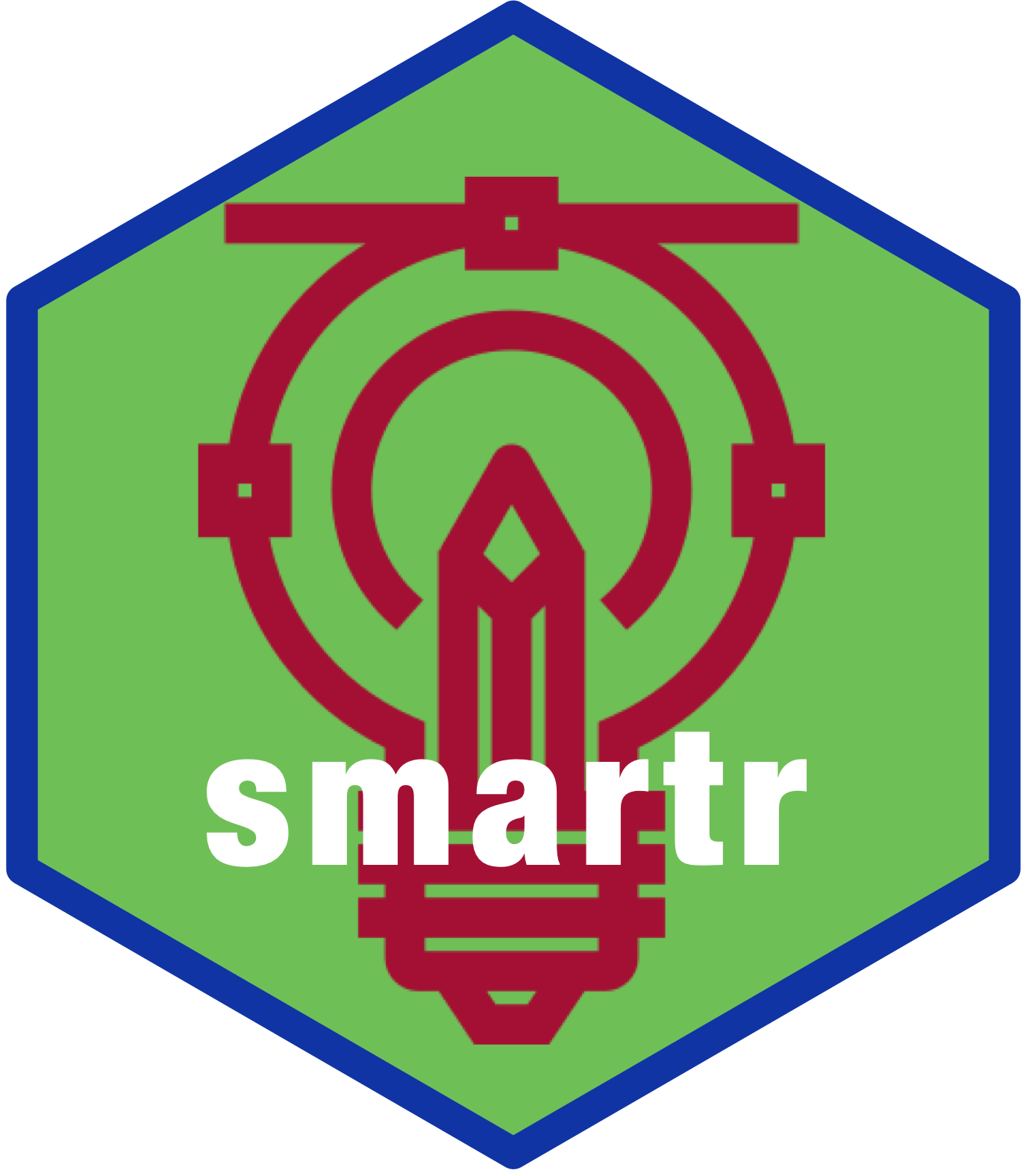zscorer
Anthropometric z-score calculator
nipnTK
National Information Platforms for Nutrition (NiPN) data quality toolkit
anthrocheckr
An implementation of anthropometric measurement standardisation Tests
micronutr
Determining Vitamin and Mineral Status of Populations
squeacr
Semi-Quantitative Evaluation of Access and Coverage (SQUEAC) Tools
sleacr
Simplified Lot Quality Assurance Sampling Evaluation of Access and Coverage (SLEAC) Tools
dietry
Utilities for Calculating Dietary Intake Indicators for Food Security Assessments
smartr
Tools for Nutritional Status and Mortality Rate Assessments and Surveys

